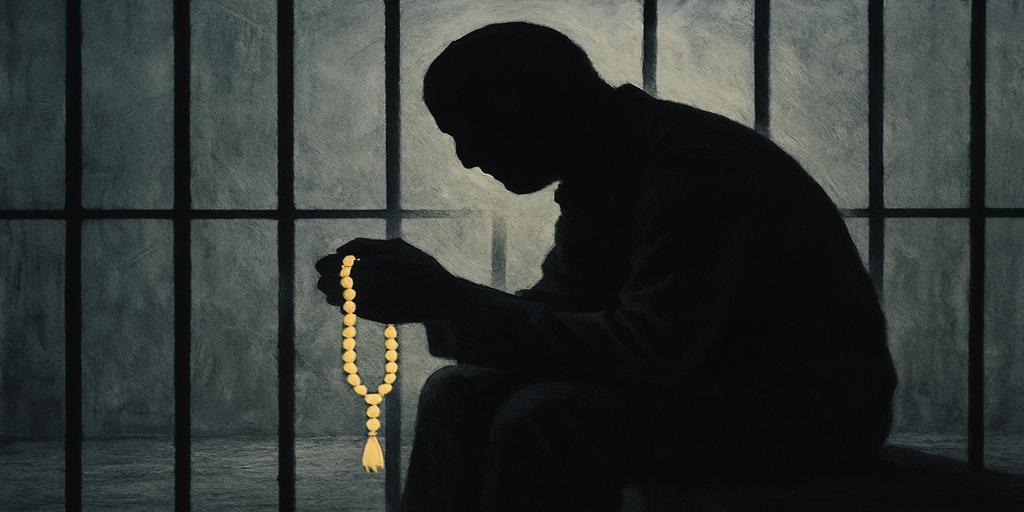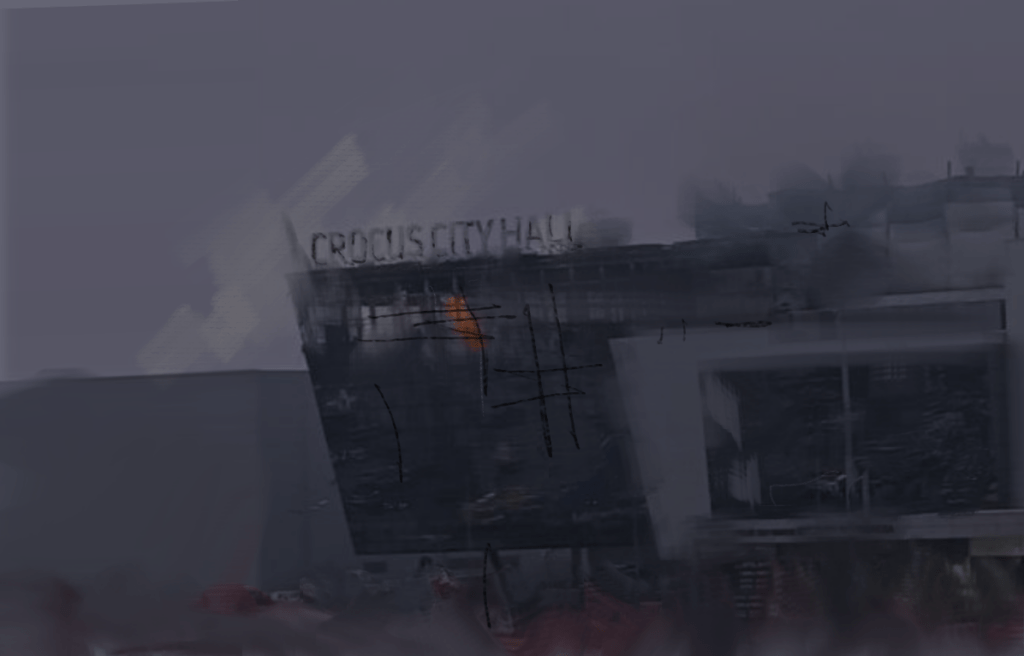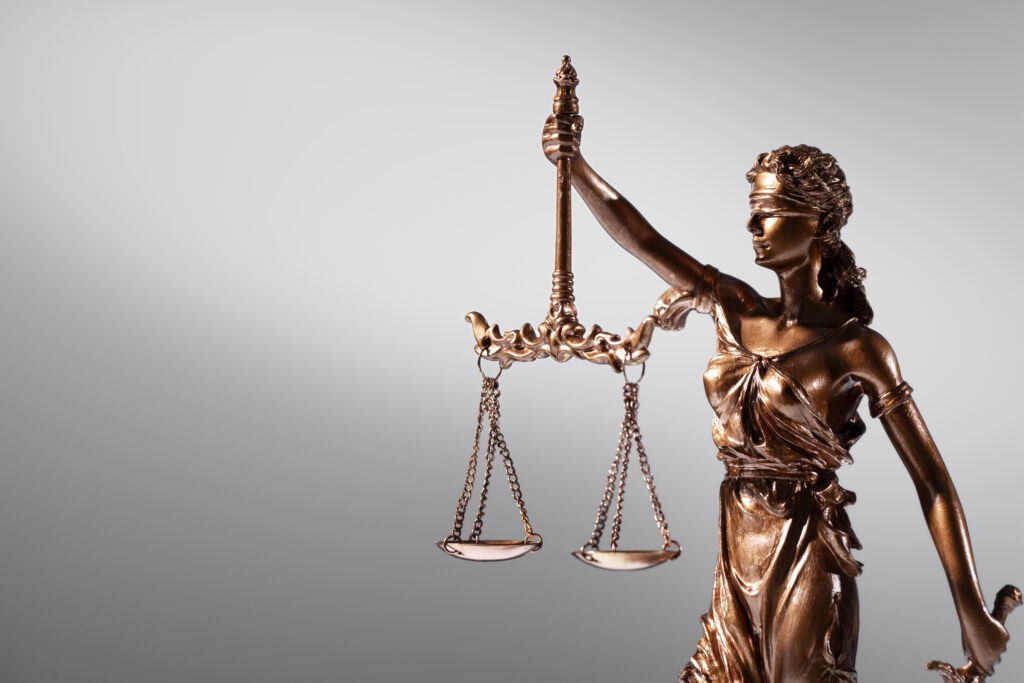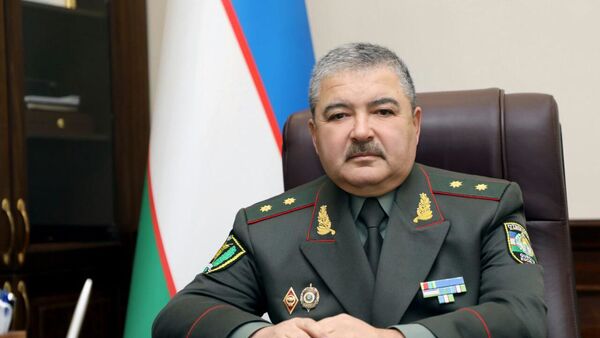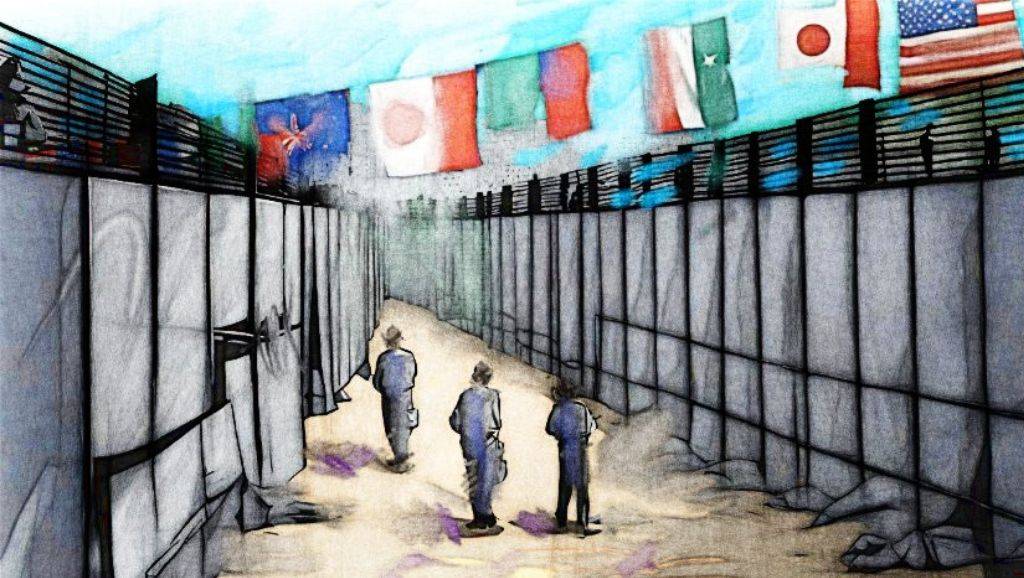TASHKENT, Uzbekistan – A lot of people in Uzbekistan remember where they were on that traumatic day 25 years ago. There are no public commemorations on the Feb. 16 anniversary. But every year, Uzbek media publish details about the 1999 bombings in Tashkent, the capital. School teachers briefly tell students about it.
The Uzbek government blamed Islamic militants for the coordinated bombings that killed at least 16 people and injured about 100. Islam Karimov, president at the time, said extremists had intended to kill him.
Abduvali Soyibnazarov, a political commentator in Uzbekistan, spoke about the attacks in a conversation with The Times of Central Asia. He said since his office – the Broadcasting Center of Uzbekistan is located in the central part of the city, the sounds of explosions were clearly heard by him.
It was 10:40 a.m., Soyibnazarov recalled.
“There was supposed to be a meeting of the government of Uzbekistan dedicated to the results of the economic development of the republic in the past year. Shortly before the start of the meeting, a shootout took place between the president’s guards and militants in the main square of Tashkent – in front of the government building,” he said.
International news organizations scrambled to figure out what was happening. There was a false rumor that the Cabinet of Ministers building had been attacked with grenades.
“The first explosion occurred shortly after the start of the shooting, on Yusuf Khos Khajib street of the capital, near the building of the Ministry of Internal Affairs. A ZAZ-968M car exploded,” Soyibnazarov said.
The second explosion, the most powerful of the day, occurred at 10:55 a.m., 15 minutes after the first blast.
“The explosion was in a car parked near Independence Square. Some residents, whose houses are two to three kilometers away from the place of the explosion, believed that an earthquake had started. Our Uzbek radio broadcasting center is also located in the central part of the city, so the explosion was very loud. Even the windows of our office almost broke,” he said.
A third car blew up near the entrance of the Cabinet of Ministers building, during a meeting that Karimov was scheduled to attend. Karimov, however, had not yet arrived. After being informed about the attacks, he went to the scene and was addressing the nation on live television when – at 11:20 a.m. – a fourth bomb exploded a few kilometers away, near the National Bank of Uzbekistan.
“As a result, the windows of the bank and surrounding buildings were shattered. People injured by broken glass were shown on TV. We heard explosions going off at different intervals in other parts of the city. The fifth and last explosion took place at 12 p.m. in the garage of a private house,” Soyibnazarov said.
The casualties included three internal affairs officers, one of whom later died.
Several days after the attacks, Karimov said he had narrowly escaped death.
“I usually arrive at meetings 10-15 minutes early. But I was a little late that day,” he said. “A car filled with explosives was parked near the building, and two young men who got out of it and ran away opened fire with automatic weapons. At that moment, the car I was sitting in was entering the area. The head of our security service, Rustam Khodzhayev, ran to us, shouted and stopped the car, saving my life.”
“If you want to help me, don’t panic,” Karimov said in an interview on national television. “We have enough strength. We have the power to destroy all terrorists and cut off their hands. Let our people know this.”
Uzbekistan launched a wide-ranging crackdown after the Tashkent attacks, arresting suspected militants and other people deemed to be threats to national stability. Judicial processes lacked transparency; the government said security concerns were the priority. Several people blamed for the attacks were executed.
The powers of the National Security Service expanded and fencing and guards were added around main government buildings. Official media dedicated long reports to terrorism and religious extremism. On radio and television, government-backed Islamic clerics urged people to resist recruitment efforts by banned religious groups.
Soyibnazarov, the commentator, said after the explosions, articles were published in the press and mass media of Uzbekistan condemning terrorism, religious fanaticism and extremism. TV and radio, religious clerics constantly urged the people to beware of the conspiracies of illegal religious groups and not to join them. Some bearded men and women wearing hijabs faced suspicion and animosity in the secular state.
Since Karimov died in 2016, the government has eased up on religious controls and public displays of piety are more common.
Images below are from the “Shon-sharaf” Museum of the Main Department of Internal Affairs of the City in Tashkent
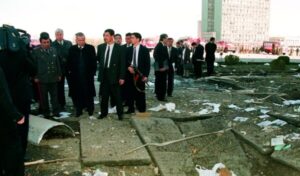
A few hours after the attack on February 16, President Islam Karimov, wearing a long black coat, inspects explosion area with officials and bodyguards.
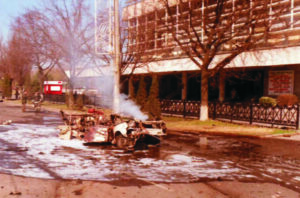
An explosion occurred near the “Nodirabegim” cinema on Sharof Rashidov Street.
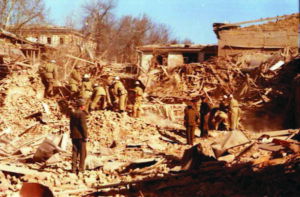
Destruction from the explosion in the apartment on Abdulla Qakhkhor street, Yakkasaray district.
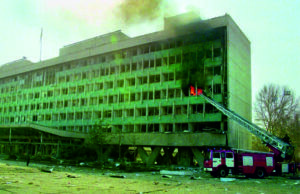
An explosion occurred near the entrance to the main building of the Cabinet of Ministers.

